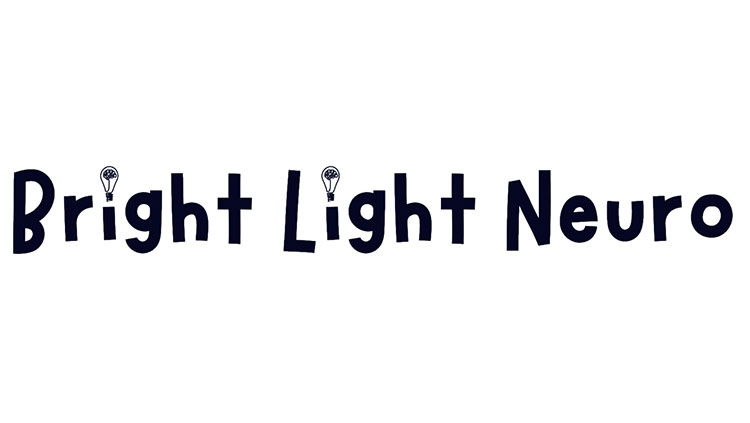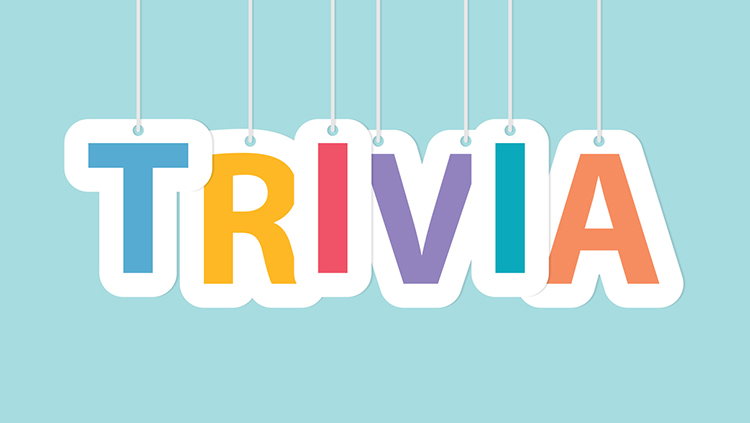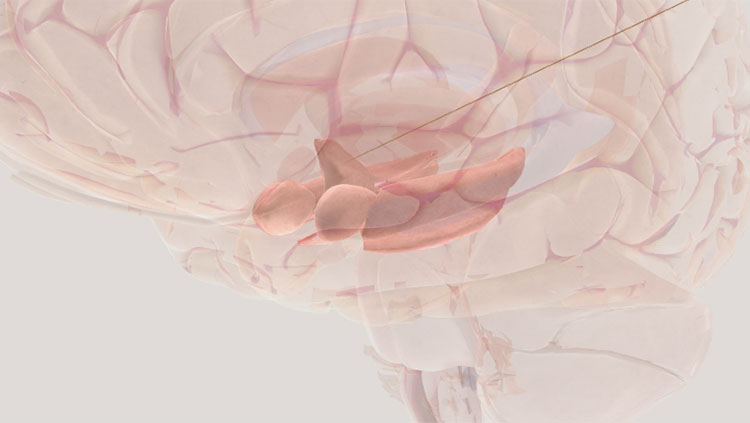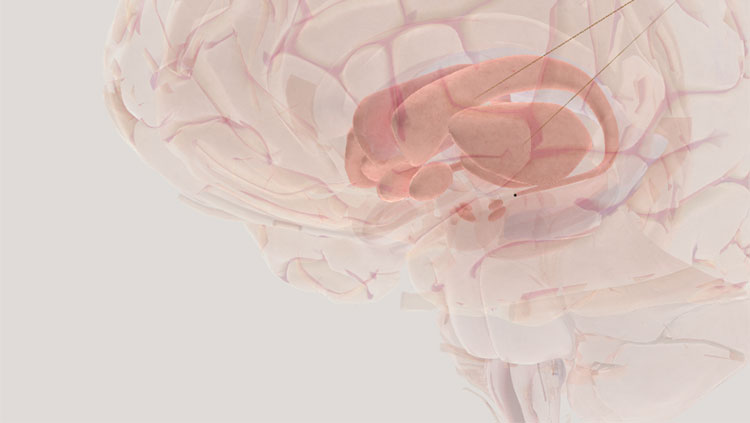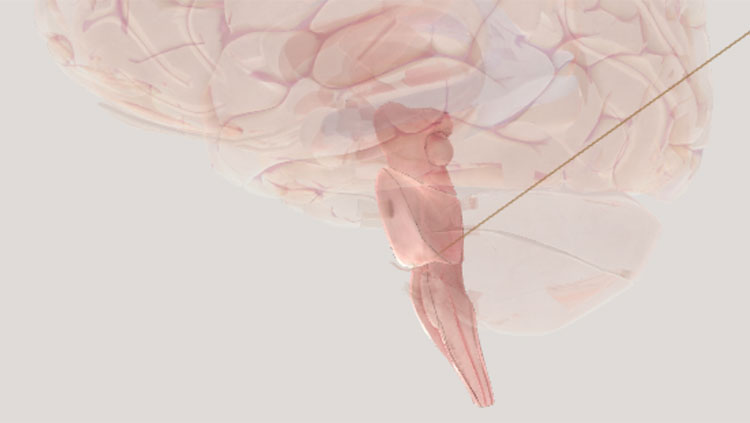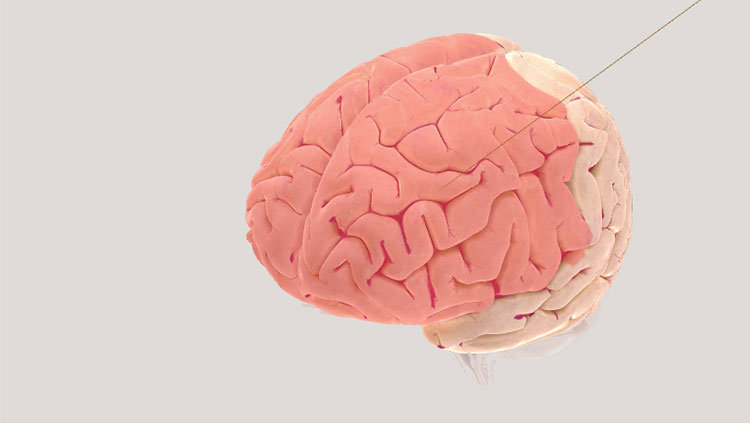Bright Light Neuro: Brain Basics, Lesson 2 — How Much of Our Brains Do We Use?
- Published19 Mar 2024
- Source Bright Light Neuro
The goal of this lesson is to understand both simple and complex behaviors that require integrated networks to operate in the brain.
Content Area:
- Science
- Critical Thinking
Standards (NGSS)
- LS1-D: Information Processing
- MS-ETS1-4: Engineering Design
What Are We Learning?
The brain functions as an integrated network.
Why Are We Learning This?
The more information our brains have about the outside world, the more likely the brain is to survive.
Materials:
- “Brain Systems” student handout
Reference Bright Light Neuro’s Brain Basics Teaching Unit.
CONTENT PROVIDED BY
Bright Light Neuro
Transcript
EMMA BLEAKMAN:
Lesson two talks about how the brain functions in a really integrated network, even for really simple behaviors like you sitting and listening to me right now.
And so, I start — I had to record myself for this after teaching it the first time because I was like, I think I need to do something else to support teachers so that they don't have to be the ones to explain it. And I go through these five boxes right here.
There are sensory systems, motor systems, and there is the limbic system, which has to do with emotions. The body regulation, which is more the brainstem, and then cognition.
And so, the first four boxes give students clues about these things. So, for the sensory, the clues will be about what they see and hear. That's not all the sensory system does, but for the sake of this activity, that's what we landed on. Motor will be clues about what their body is doing. And then emotions is how they're feeling. And body regulation is things like heart rate, blood circulation, breathing. And then in cognition, they have to choose a mystery item that is most likely being used or talked about in the scene. But this requires a lot of critical thinking. So, this next slide is me showing where these parts are in the brain.
This is a resource from BrainFacts. It's online, it's amazing. It's a 3D brain that you can really explore, and move, and manipulate parts of the brain. Students love it. They think that they're getting this inside secret by getting to see the brain. It's very cool.
And then, this is an example that you do with the class before you send them off on their own. So, for example, sensory will say, I see a math test, students, desks, privacy folders, my teacher; I hear pencils writing, people tapping their feet, the clock ticking, sniffles, and people snacking.
So, students start to infer and visualize and say, okay, this scene is probably describing a classroom, taking a math test. And so, it still doesn't let you know. Your answer still could be pencil, tissue, ruler, or calculator.
So, we move on to the next clue. Motor: I'm walking, and I'm reaching my arm forward with an open hand. Now students are like, okay, they're grabbing something, but it could still be a pencil, tissue, ruler, or calculator. So, they're like, okay, let's go on to the next clue.
Emotions: I feel a little nervous and shy. My kids said, well, they might be nervous because of the math test. They might be nervous walking up in front of people. Both really great inferences.
So, we move on to the fourth clue. My nose is stuffy, and I feel a little tired and hot. This is where my kids were like, “Oh, Ms. Bleakman, I think I know!” And they inferred that the answer was tissue, which is the correct answer. Could it have been the other one? Sure. We don't really know. But based on critical thinking and really being able to decipher these clues, tissue is probably the best answer.
So, you do this with a class, and then you send the kids away. They can do this activity with a partner, a group, by themselves. And they have five rounds of doing the same thing.
But you'll notice that clues start disappearing as you go through the rounds. And so, the first round, they get all the clues. Most of them get the answer right. But then as you go, they start being like, Ms. Bleakman, this is impossible. And I'm like, I know. But you still have to do it.
By the fifth round, they just guess. So then, you bring them back up — I had my kids sit at the carpet — and we went through why they chose the answer that they did. The first one, they had really good evidence to support why they chose that answer. And then as a class, round one, I counted how many kids got that answer correct, and we wrote that number down, let's say 23.
Then the next round they did the same. They explained, and I told them the right answer, maybe 15 kids got it right this time. And it keeps declining as we go through the round. Round five, maybe two get lucky, and they get it right. But you ask them, you say, if the brain's number one job is to survive — that's its main focus; nothing else matters as much as surviving — why do you think that the brain would benefit from round one versus round five?
You have them turn and talk to a partner. You can have them think about it. And they land on this answer that if we get more information, it's more likely that we'll survive. And so, you can have kids think about, you can say, okay, you're sitting here listening to me. What is your sensory system doing? You're listening. You're feeling the ground underneath you. You're hearing, you're listening to what I'm saying, and you're seeing what I'm doing.
The motor system: You're sitting there, maybe you're tapping your fingers, maybe you're tapping your foot, you're blinking, holding your body up. Your emotions: Maybe you're feeling energized, maybe you're feeling motivated, maybe you're feeling a little bored. I don't know. And then the next one, body regulation: Maybe your heart rate's calm; your breathing is normal.
And so, all of those things are going on in your body right now whether or not it, you know — there's a lot happening all the time, which this lesson is designed to debunk the myth that we only use 10% of our brain. It's just not possible. We use most of our brain most of the time. It's always working.
What to Read Next
Also In For the Classroom
Trending
Popular articles on BrainFacts.org


